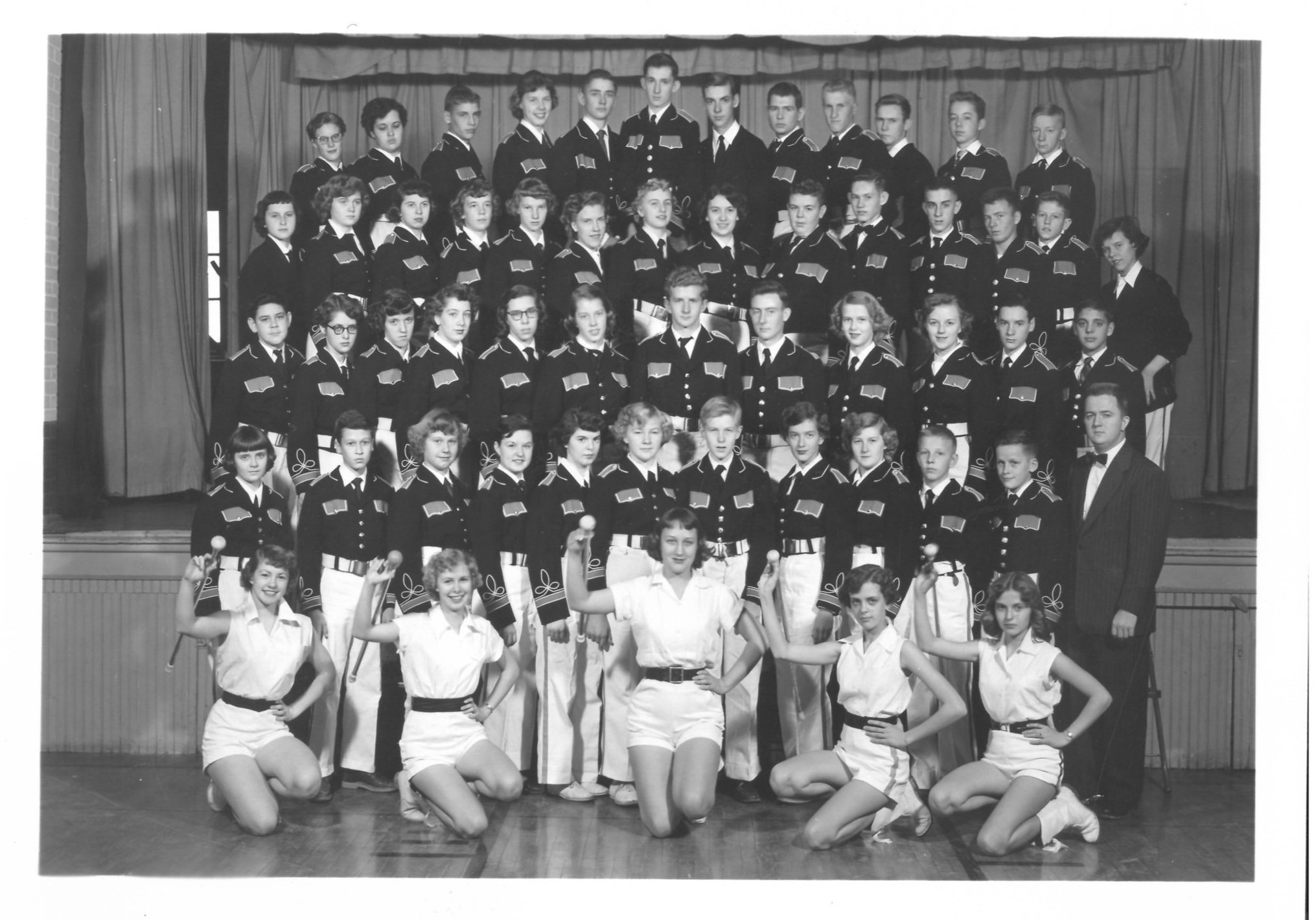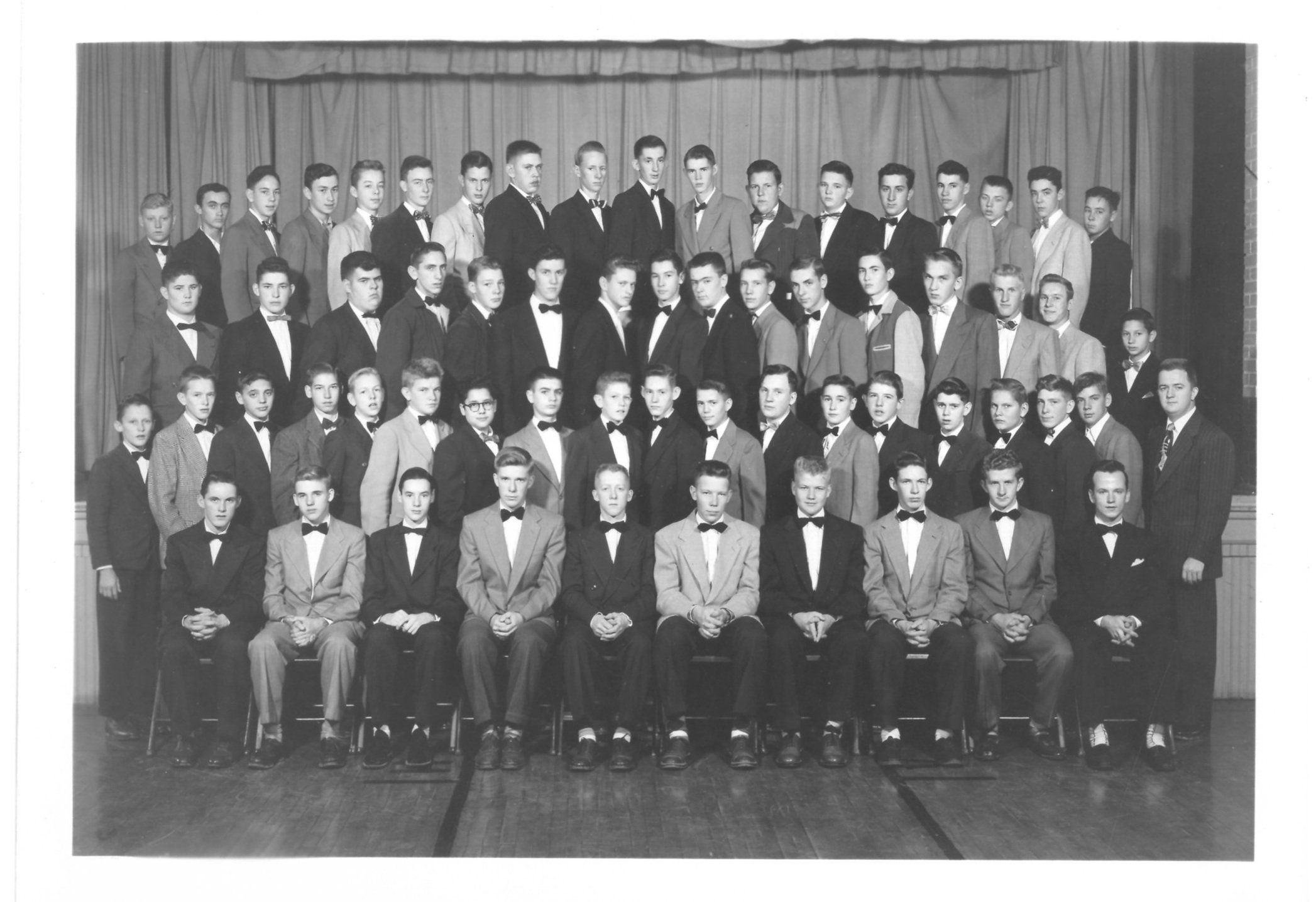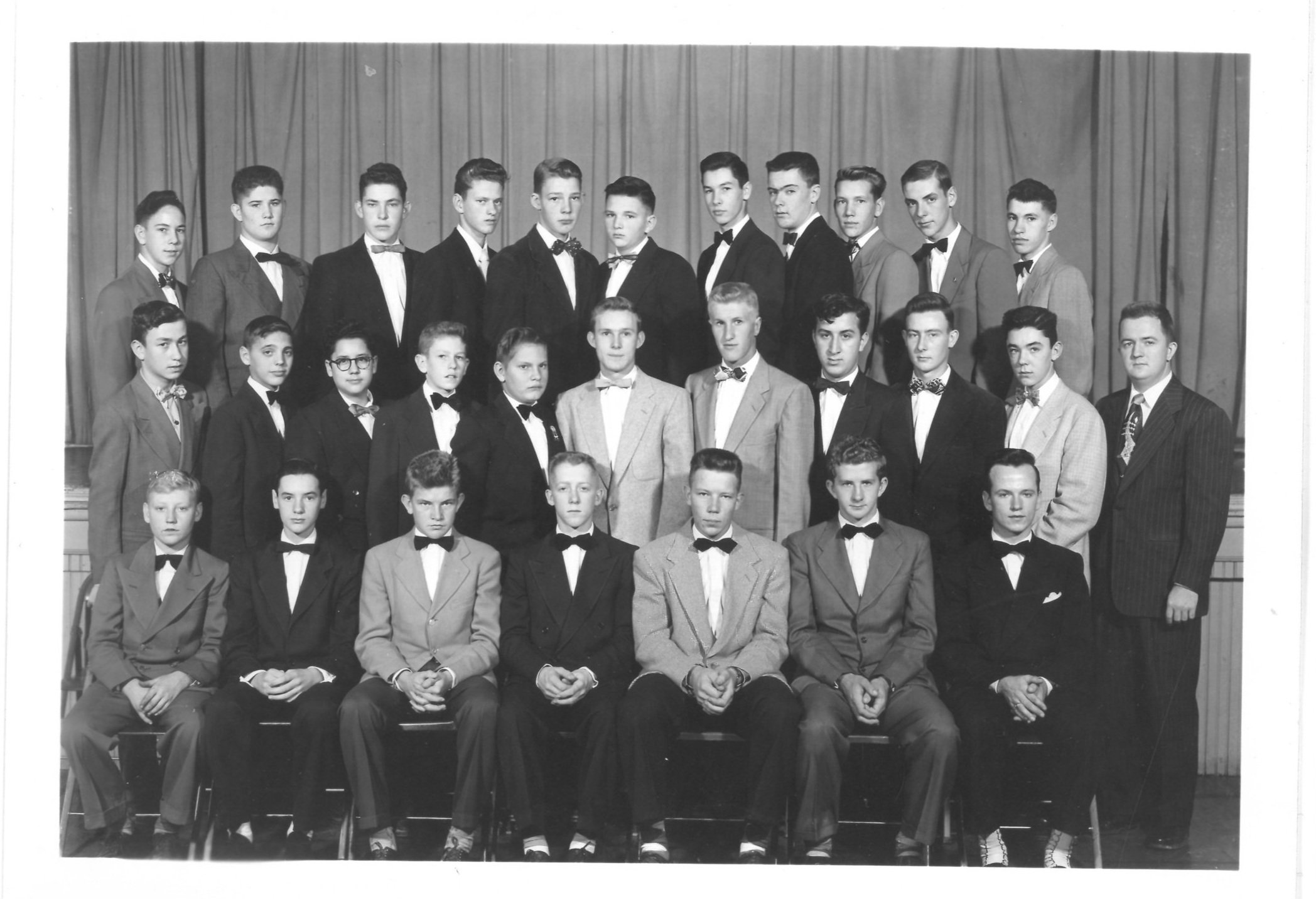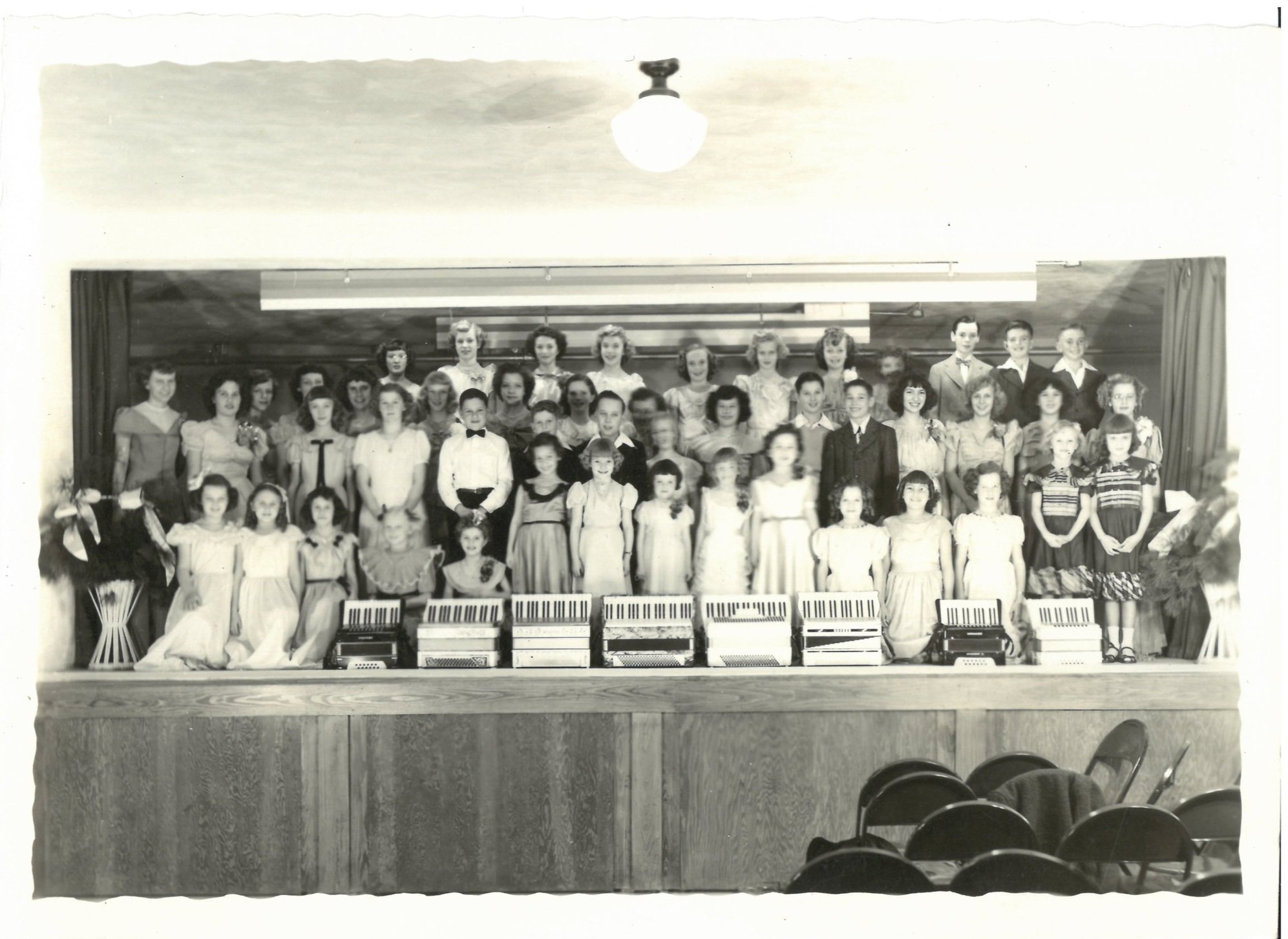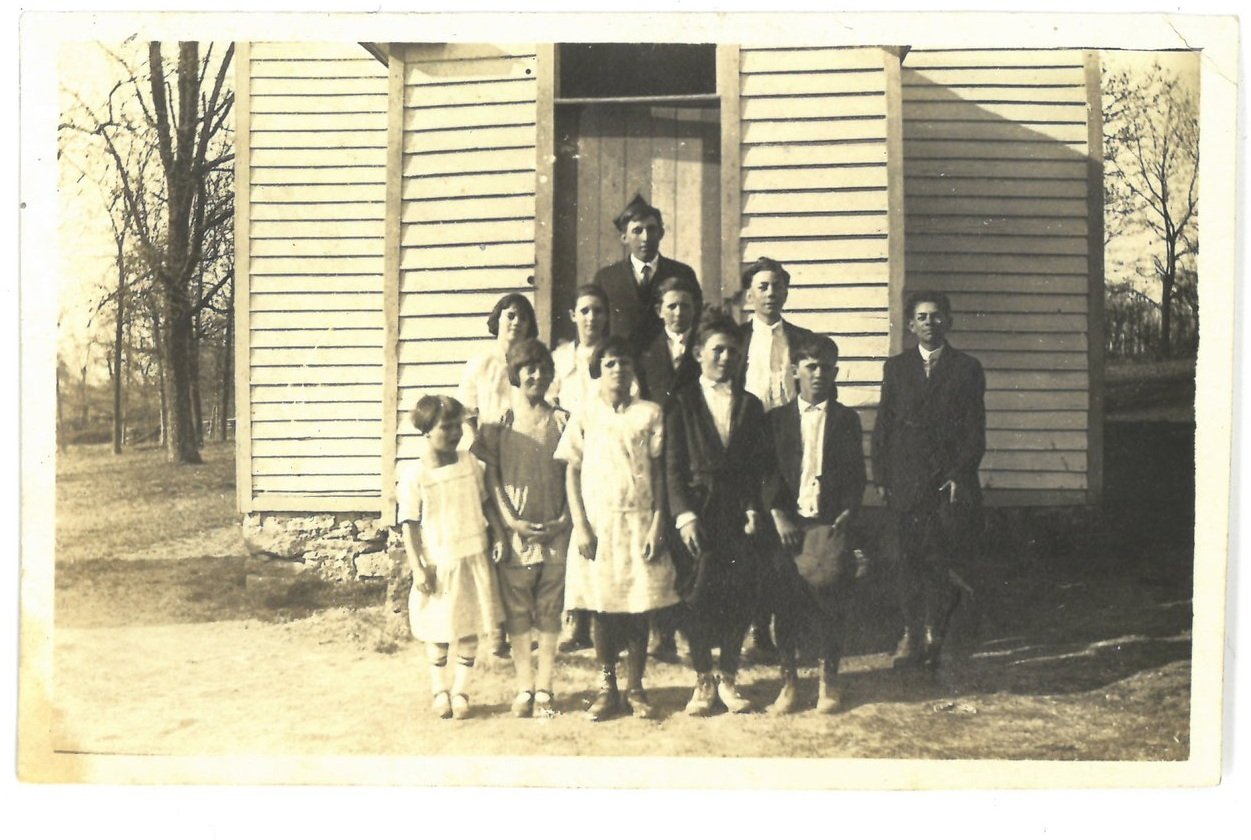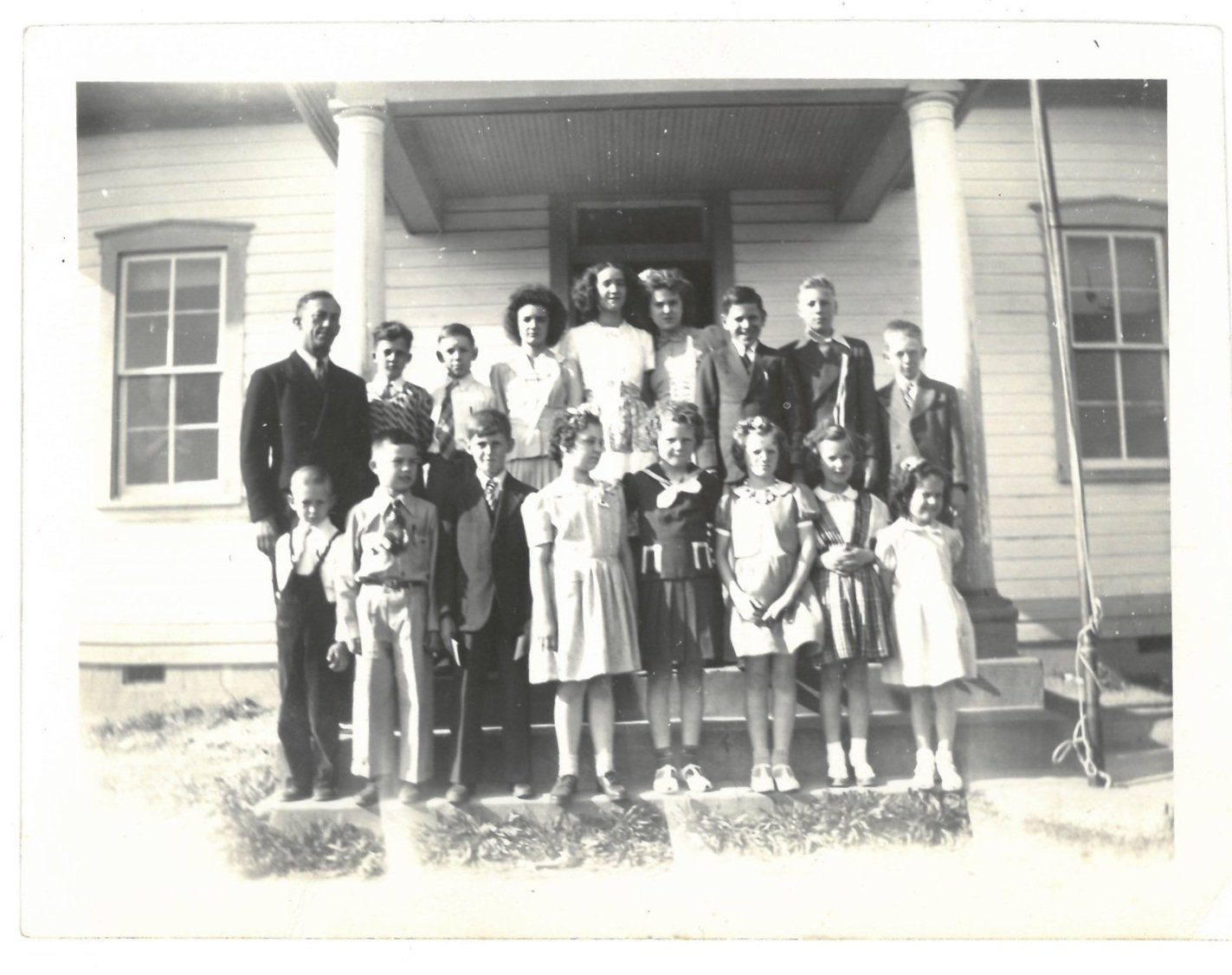Morrison, Missouri
Morrison is situated on the Missouri Pacific (Union Pacific) Railroad, in the southwest corner of Gasconade County.
The oldest building in the town is the Shobe-Morrison House. In 1818, a site was acquired by Robert Shobe to build a house. Local sources have stated that a cow shed to the rear of the site was the first building completed. The house, a large, two-story weatherboard log is bound on its two sides by chimneys with fireplaces and has a traditional floor plan. There are two rooms on each floor, joined at the center by a hallway that runs from the front of the house to the back. The interior of the house is remarkably intact as built. The wood has been identified as pine, walnut and chestnut. Local sources have said that it was slave built. Mr. Shobe, who was the first man to own land in the Morrison area, was buried in a cemetery on the hill directly south of the house. The house was later owned by the Parsons family. In 1858, land was deeded to John Parker who in turn deeded a tract to Alfred Morrison. In 1860, Morrison acquired another tract of land, which probably included the house.
The town was named for Mr. Morrison, who later served as the State Treasurer of Missouri. It is not known if he lived in the house, but the 1860 census shows that his son William J. Morrison was in residence and in March 1860, and was appointed Morrison’s first postmaster.
The estate was sold in 1864, to Julius Meyer, a native of Prussia. Mr. Meyer and his heirs owned the property until 1959, when it was divided and sold. Mr. Meyer was generous to Morrison townspeople. His family gave the land for the present city park.
The Shobe-Morrison House was deeded to the Morrison Lions Club in 1975, and a federal Bicentennial fund grant was received to renovate the house. It has been placed on the National Register of Historic Buildings in the State of Missouri.
In 1855, the Pacific Railroad began service through Morrison. It has always played an important part in the history of the town. A stockyard was built along the tracks near the depot so farmers could ship their livestock to eastern markets by rail. Railroad workers, passengers and cargo all helped to improve the economy of the town.
The list of businesses in 1879, included: meat market, 2 general stores, wagon maker, 2 saloons, a hotel, a physician, tailor, shoemaker, blacksmith, photographer and a lumber manufacturer. The population at that time was 150 persons.
Since the town is on the banks of Bailey’s Creek, a tributary that runs into the Missouri River, the threat of floods is always present. A levee was built in the 1950s to protect the town from rising flood waters, but in 1993, the water topped the levee and the entire lower section of the town, which included most of the businesses, was flooded.


